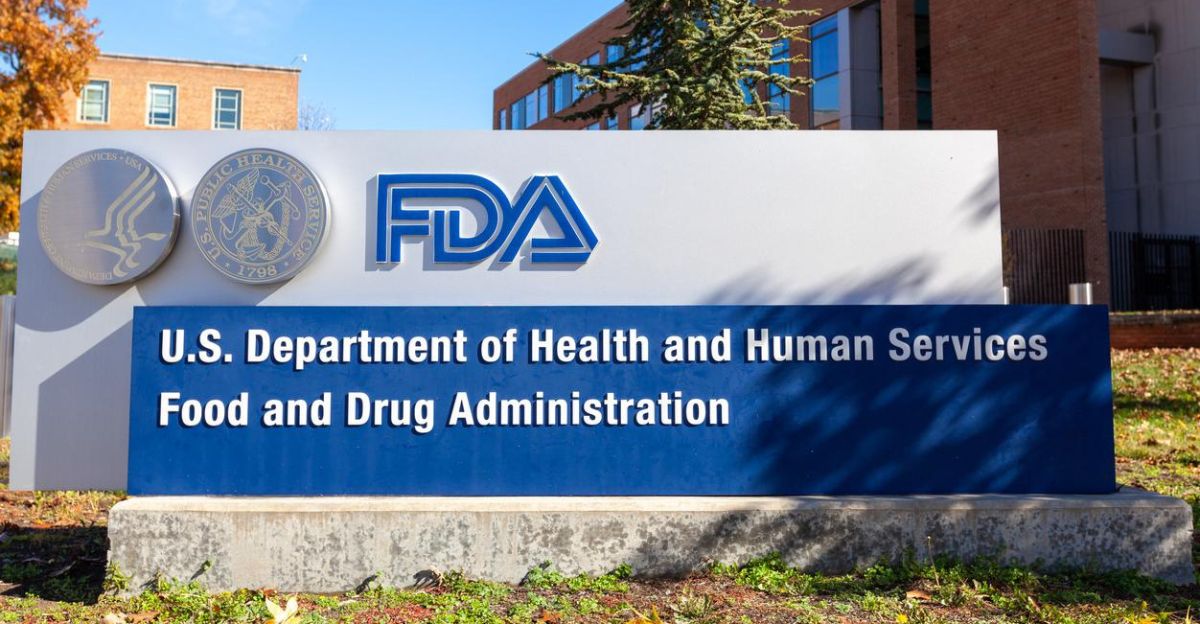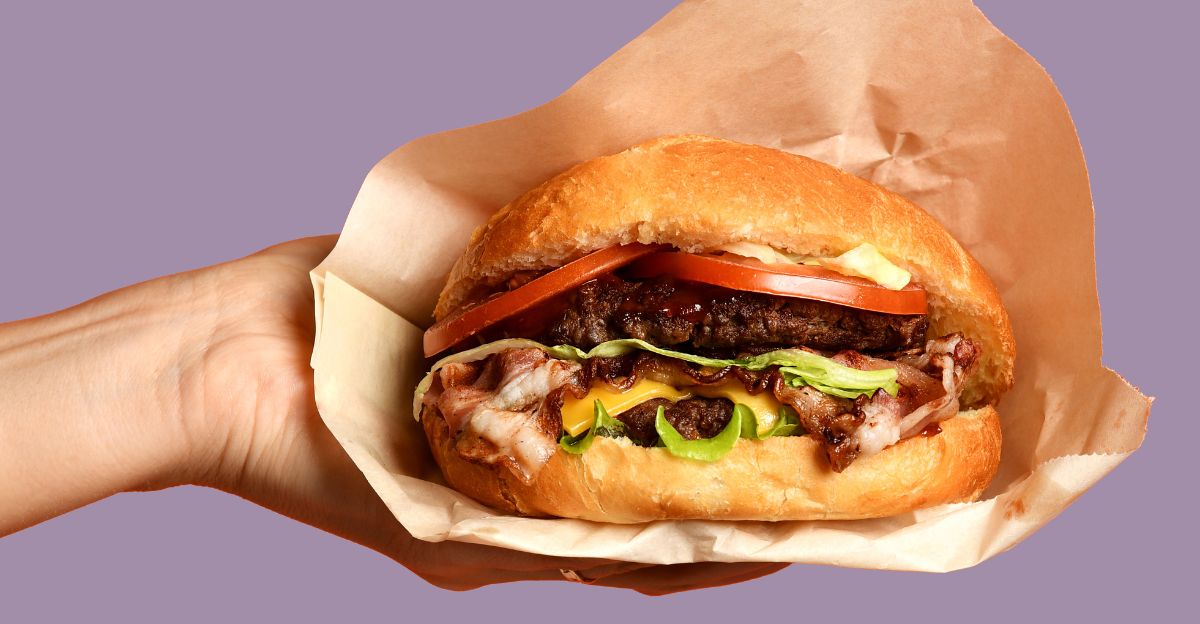
A noticeable shift is unfolding in the fast food industry across the United States. Some customers have noted changes to menus at their favorite burger chains, often without clear communication. This adjustment has caused confusion and sparked widespread online conversation.
It does not help that corporate offices stay silent on the matter. What is the reason behind this sudden removal of these classic menu items? Not many saw the regulatory crackdown coming that changed how Americans experience fast food.
Nationwide Consequences

While the FDA’s decision affects companies nationwide, reports suggest that some metropolitan areas like New York, Los Angeles, and Chicago are seeing temporary adjustments to certain menu items. The ripple effects extend beyond urban centers, reaching small towns and suburbs as chains begin adapting recipes and removing select products.
Now, patrons are left to wonder whether their local favorites can survive this crackdown.
A Symbol of American Life

Going to a burger chain isn’t just about grabbing a quick meal and going back home; it has become a cultural institution.
Americans have indulged in these staple foods for generations and become used to the signature foods, from a classic cheeseburger to fries and sauce. This shows that food has an emotional toll and that these bans affect more than just the kitchen.
Behind the Scenes for Fast Food Chains

Without the patrons’ awareness, the fast food industry has struggled with rising issues for years. The cost of ingredients has escalated due to inflation, supply chain disruptions, minimal profit margins, and more health-conscious patrons, focusing on and demanding healthier food options.
While all those changes were brought upon the fast food industry, regulatory bodies have also examined the safety and use of additives. This meant that chains had to develop innovative ideas and adapt, but it hasn’t been at a steady pace. Many menu items still depend on the usage of additives that are now listed in the new FDA ban.
Quick and Hard-Hitting Ban

Recent scientific studies have shown that certain synthetic additives and dyes are health concerns regularly used in fast food burger products, which is why the FDA decided to ban these products. The FDA’s decision set in motion a regulatory phase-out of specific synthetic dyes, with companies expected to comply by 2026.
While technically not immediate, some chains opted to begin reformulating products quickly—resulting in select items being pulled as companies work to meet the new guidelines. Still, the scale of this intervention marks one of the most significant regulatory shifts in fast food in recent years.
How Regions Are Feeling the Impact

These bans have not been issued equally, which means some states were hit harder than others. Even with its large population and many franchise locations, California has the biggest closures and menu removals.
Both Texas and Florida have encountered the same kind of disruptions, but in the more rural areas, these changes have a more severe consequence, as the chains are sometimes the only social hubs available, depending on the community. This could have economic and social implications, as patrons of these fast food chains might need to change their routines and traditions.
Franchisees are Caught in the Middle

Many Franchisees are caught in the middle between corporate mandates and regulatory demands. A lot of them had already invested heavily in inventory and marketing campaigns for products that include ingredients affected by the phase-out. This is a big frustration for franchisees because it means they have to write off inventory, restrain costs, and face operational headaches within a very limited time frame and with little support.
This puts a lot of strain on them financially, and now they are left to wonder about which requirements will need to be met in the future. Their problems reveal the real impact of rules and how hard it is to keep businesses open while ensuring food is safe.
Competitors Strike While the Iron is Hot

This FDA action is proving advantageous for competitors who had already begun embracing cleaner and alternative ingredients. While these burger chains are scrambling to modify their recipes, the competitors have already been focusing on plant-based options, organic ingredients, or additive-free recipes. This also helps them attract health-conscious and younger consumers.
This change is shaking up the fast food market. Smaller chains and new companies are using the FDA ban to grow and attract more customers. The ban has pushed the fast food industry to come up with new ideas and offer more variety. Big, well-known chains now have to change their plans, or they might lose customers.
A Positive Shift in American Eating

This is a massive shift in the right direction to change American eating habits to a healthier lifestyle. The public’s demand for transparency about what ingredients go into their food and yearning for safer, more natural ingredients are increasing. This is all part of a bigger plan for people to move into better wellness, sustainability, and ethical consumption.
It has been a long time coming, but fast food chains now face the fact that either they evolve into healthier alternatives or they will face a decline in sales and customers. The new rules speed up changes already happening and show that fast food now needs to be quick and healthier.
What Does The Future Look Like for These Chains?

Despite this uncertainty, there is still potential for these burger chains’ future. Many of these chains are investing in research and developing new recipes that will follow the new FDA rules and regulations while keeping flavor and appeal to customers.
Company leaders are working with experts to create better ingredients and focus on sustainability. But winning back customers’ trust won’t be easy. Will the new menus bring back favorite tastes? Can these chains change without losing what makes them special? The answers will decide how the fast food industry grows in the coming years during this significant change.